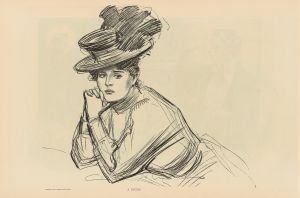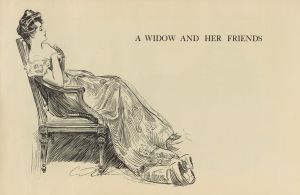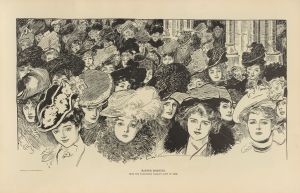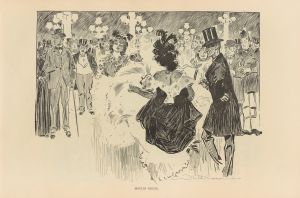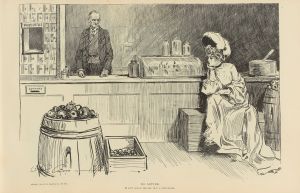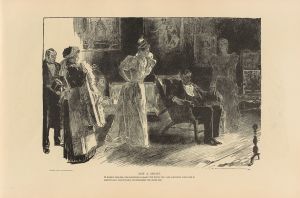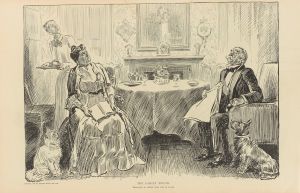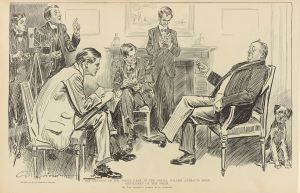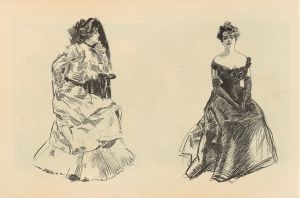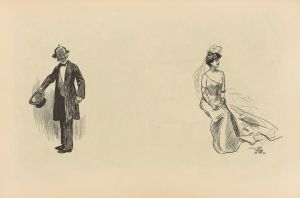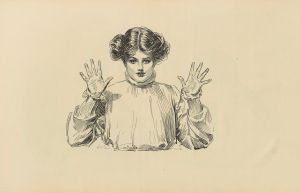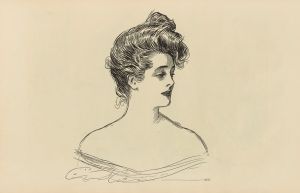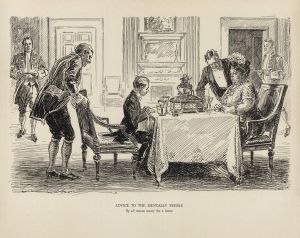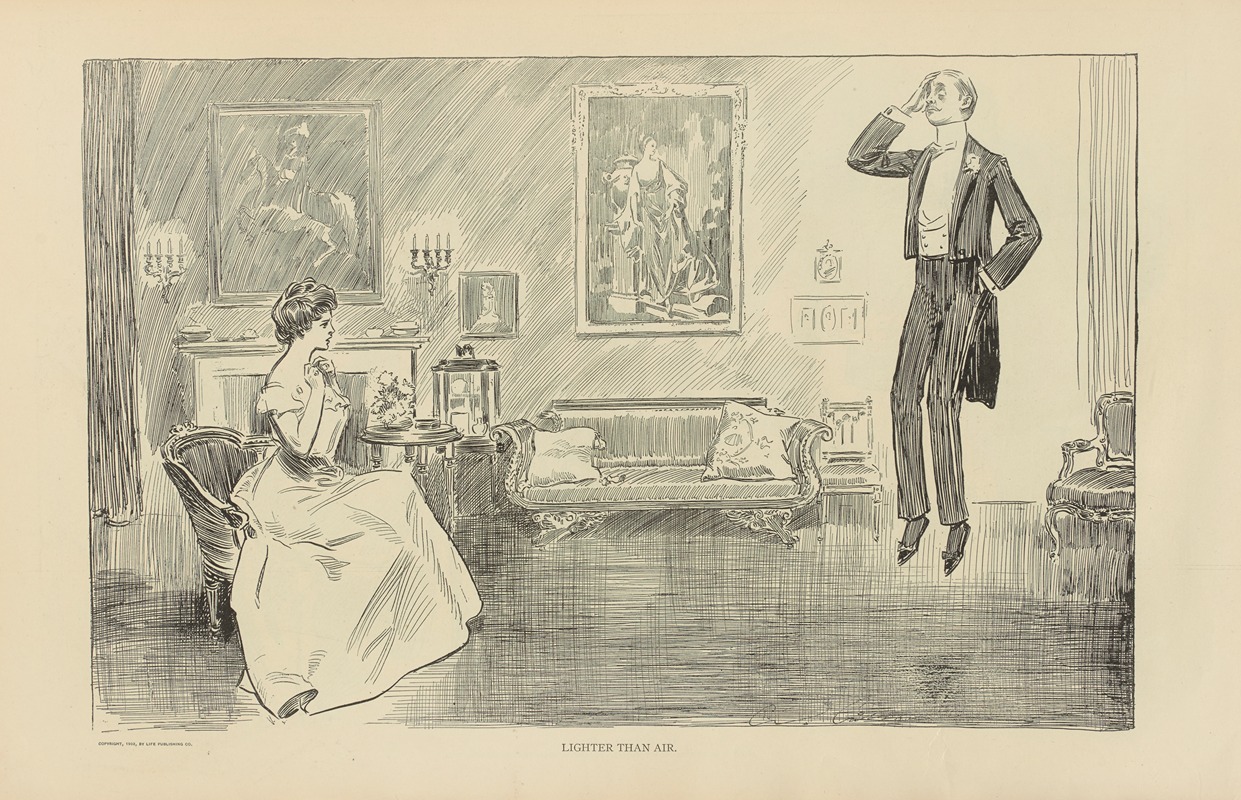
Lighter than air
A hand-painted replica of Charles Dana Gibson’s masterpiece Lighter than air, meticulously crafted by professional artists to capture the true essence of the original. Each piece is created with museum-quality canvas and rare mineral pigments, carefully painted by experienced artists with delicate brushstrokes and rich, layered colors to perfectly recreate the texture of the original artwork. Unlike machine-printed reproductions, this hand-painted version brings the painting to life, infused with the artist’s emotions and skill in every stroke. Whether for personal collection or home decoration, it instantly elevates the artistic atmosphere of any space.
Charles Dana Gibson was an influential American illustrator, best known for creating the iconic "Gibson Girl," a representation of the idealized American woman at the turn of the 20th century. His work captured the spirit and social dynamics of the era, and his illustrations were widely published in magazines such as Life, Scribner's, and Harper's. Among his many works, "Lighter than Air" stands out as a notable piece, though specific details about this particular illustration are not as widely documented as some of his other works.
"Lighter than Air" is a black-and-white illustration that exemplifies Gibson's signature style, characterized by its detailed line work and expressive characters. The illustration likely features elements typical of Gibson's work, such as elegant figures, often women, depicted in a way that combines both realism and idealism. His illustrations frequently included themes of romance, social interaction, and the changing roles of women in society, reflecting the cultural shifts of the late 19th and early 20th centuries.
Gibson's illustrations, including "Lighter than Air," were not just artistic expressions but also social commentaries. They often depicted the "New Woman" of the era—independent, confident, and socially active. This was a time when women were beginning to assert more independence and seek greater roles outside the domestic sphere, and Gibson's work captured this transformation with both humor and admiration.
The "Gibson Girl" became a cultural phenomenon, influencing fashion and popular culture. She was portrayed as tall, slender, and graceful, with an air of self-assurance. While "Lighter than Air" may not specifically feature the "Gibson Girl," it likely embodies the same spirit and aesthetic that made Gibson's work so popular and enduring.
Gibson's influence extended beyond illustration; he played a significant role in shaping the visual culture of his time. His work was not only a reflection of contemporary society but also helped to shape public perceptions and ideals. The popularity of his illustrations contributed to the rise of illustrated magazines, which became a primary source of entertainment and information for the public.
While specific information about "Lighter than Air" is limited, it is clear that any work by Charles Dana Gibson would carry the hallmarks of his style and thematic concerns. His legacy as an illustrator remains significant, as he captured the essence of an era with wit, elegance, and keen social insight. His work continues to be studied and appreciated for its artistic merit and its role in documenting and influencing the cultural landscape of the early 20th century.





